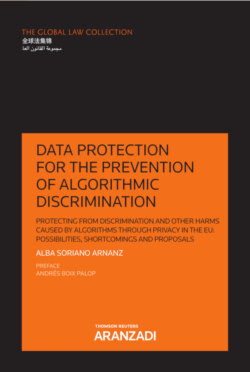Читать книгу Data protection for the prevention of algorithmic discrimination - Alba Soriano Arnanz - Страница 20
На сайте Литреса книга снята с продажи.
3.1.1.3. Human resources
ОглавлениеCompanies increasingly rely on algorithms when recruiting for job openings. In fact, in a 2017 survey carried out by a recruitment software company, around 55% of the firms asked said that by 2022 at least part of their recruiting processes would be automated.115 Using the new technologies available makes hiring more effective and efficient given that algorithms can be programmed to select candidates whose CV best fits the job description.116 In addition, firms can now use consumer profiles in order to send job advertisements, targeting only those people who are better suited for the position offered.117
Algorithms are also used in order to evaluate and predict employees’ future performance,118 which can be very helpful when firms make restructuring decisions, when employee evaluations are carried out, and for addressing organisational issues. However, algorithmic systems used in employment contexts can generate important risks for the rights to equality and non-discrimination given the historically lower presence of certain population groups, such as women and racial minorities, in some economic sectors or the discriminatory practices that the members of these groups have been subjected to in the employment context.
A clear example of this is Amazon’s recruiting algorithm, which was discarded after the team in charge of testing it, concluded that it was sexist.119 The tool, which employed machine learning technologies, was learning from the information of CVs submitted to Amazon over the previous ten years.120 Given the fact that employment in technology is male-dominated, most of the CVs submitted and people hired had been men. Consequently, the algorithm learned that being male was preferable and thus punished CVs containing the word women and candidates who, for example had attended all women’s colleges.121 It is not clear whether the algorithm was also biased because past hiring decisions had discriminated against female applicants or whether it was solely due to the fact that there are more men than women in STEM careers, however, it has been assumed that it was due to the latter. In any case, its discriminatory effects are certainly unquestionable.
